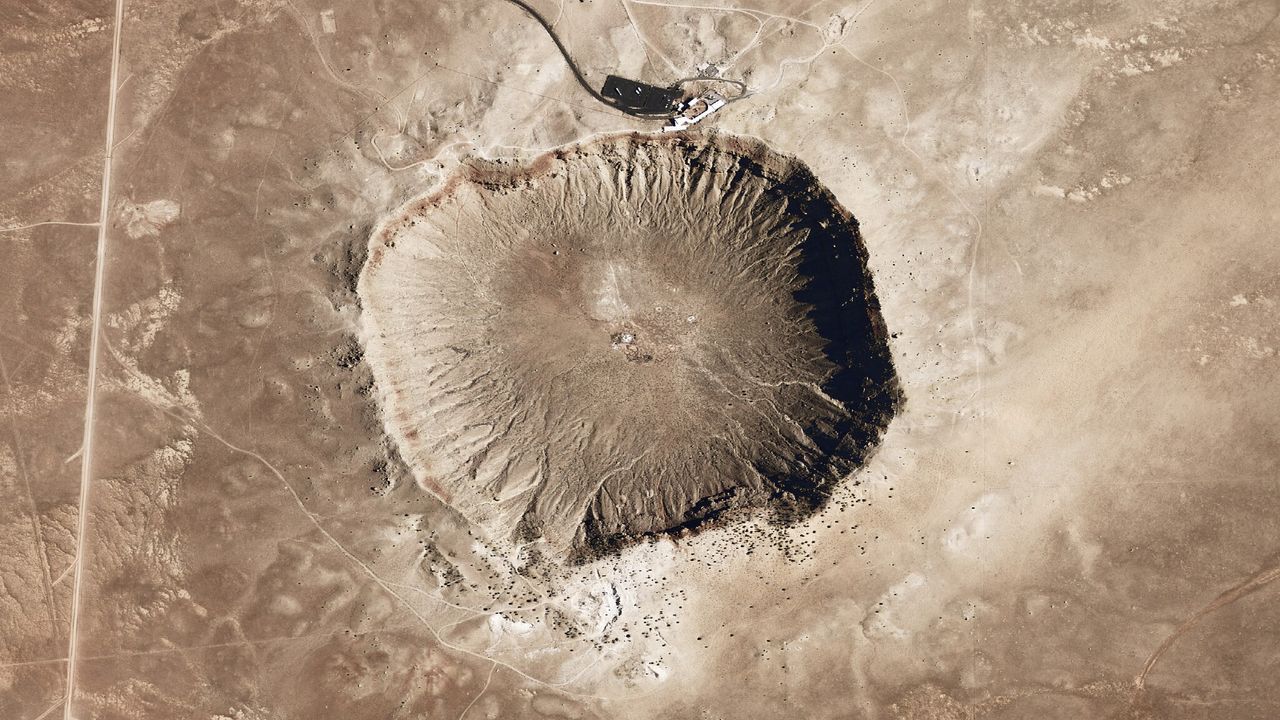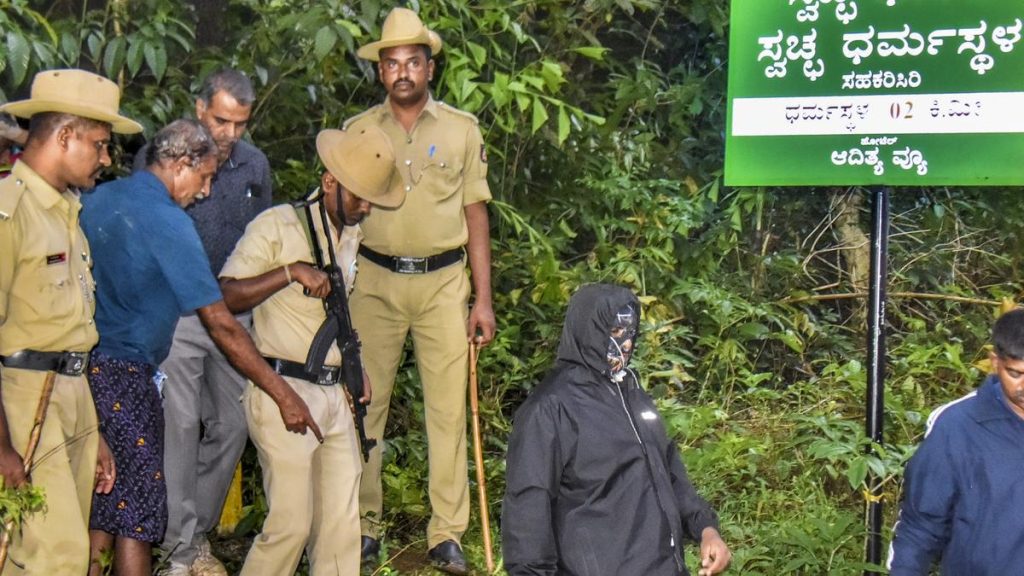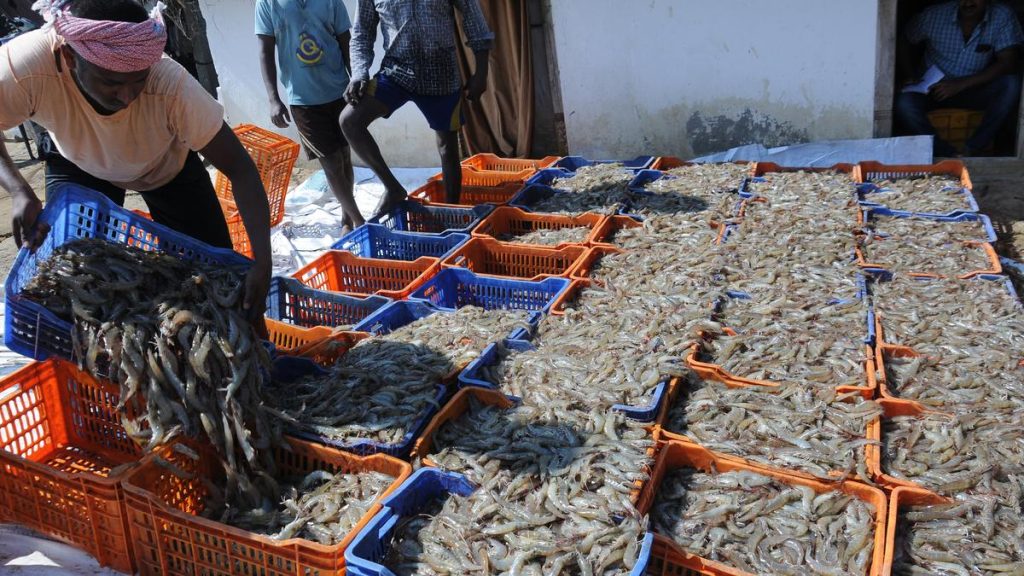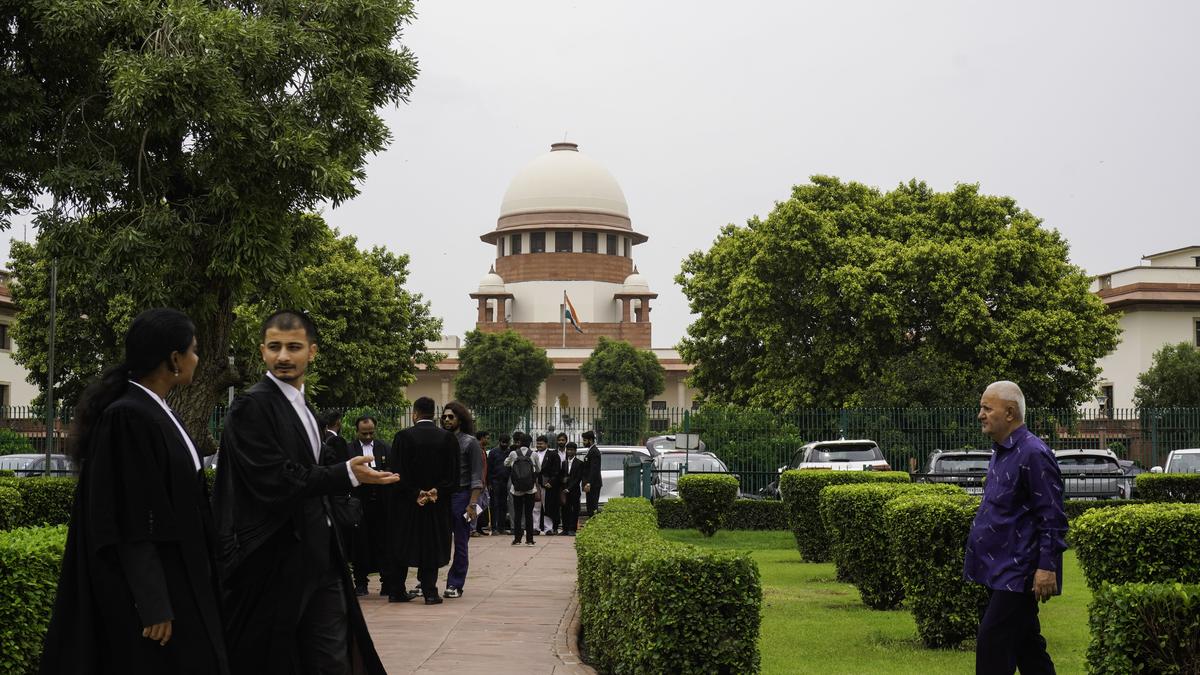Now Reading: Study Reveals Earth’s Oldest Impact Crater Is Younger Than Believed
-
01
Study Reveals Earth’s Oldest Impact Crater Is Younger Than Believed
Study Reveals Earth’s Oldest Impact Crater Is Younger Than Believed

Swift Summary
- A meteorite impact crater, now named Miralga impact structure, was found in the Pilbara region of Western Australia.
- Initial studies claimed the crater was 3.5 billion years old and over 100km in diameter, suggesting it had potential meaning for Earth’s early geology and life evolution.
- A subsequent study contradicted these claims, stating the crater formed after 2.7 billion years ago and is much smaller, about 16km in diameter.
- Both studies identified shatter cones, unique rock features that confirm a meteorite impact site but estimate different timeframes based on geological layering observations.
- Scientists are using isotopic methods to narrow down the exact age of the impact, which could range between 2.7 billion and as recent as 400 million years ago.
- Miralga’s ancient basaltic rocks make it scientifically valuable for planetary studies since such terrains are rare both on Earth and potentially Mars.
Indian Opinion Analysis
The revelation of conflicting information about the miralga impact structure highlights how scientific progress often involves iterative refinement of data through peer disagreement. For India, these findings hold indirect yet meaningful relevance. With its active space exploration agenda under ISRO, this type of research could inspire greater focus on planetary science collaborations internationally or boost local expertise in comparative planetary geology.
More specifically, as India ramps up its plans for Mars exploration (e.g., following Mangalyaan’s success), groundwork provided by terrestrial analog sites like Miralga can definitely help improve detection technologies aimed at studying craters or signs of life outside Earth. Moreover, incorporating indigenous cultural perspectives-akin to the Nyamal people’s naming contribution-can serve as an example for India’s own diverse history-rich landscape during scientific nomenclature discussions.These developments show how meticulous peer-reviewed science promotes fundamental understanding while weaving together global academic efforts with local historical context-a lesson relevant back home too.Read more

























